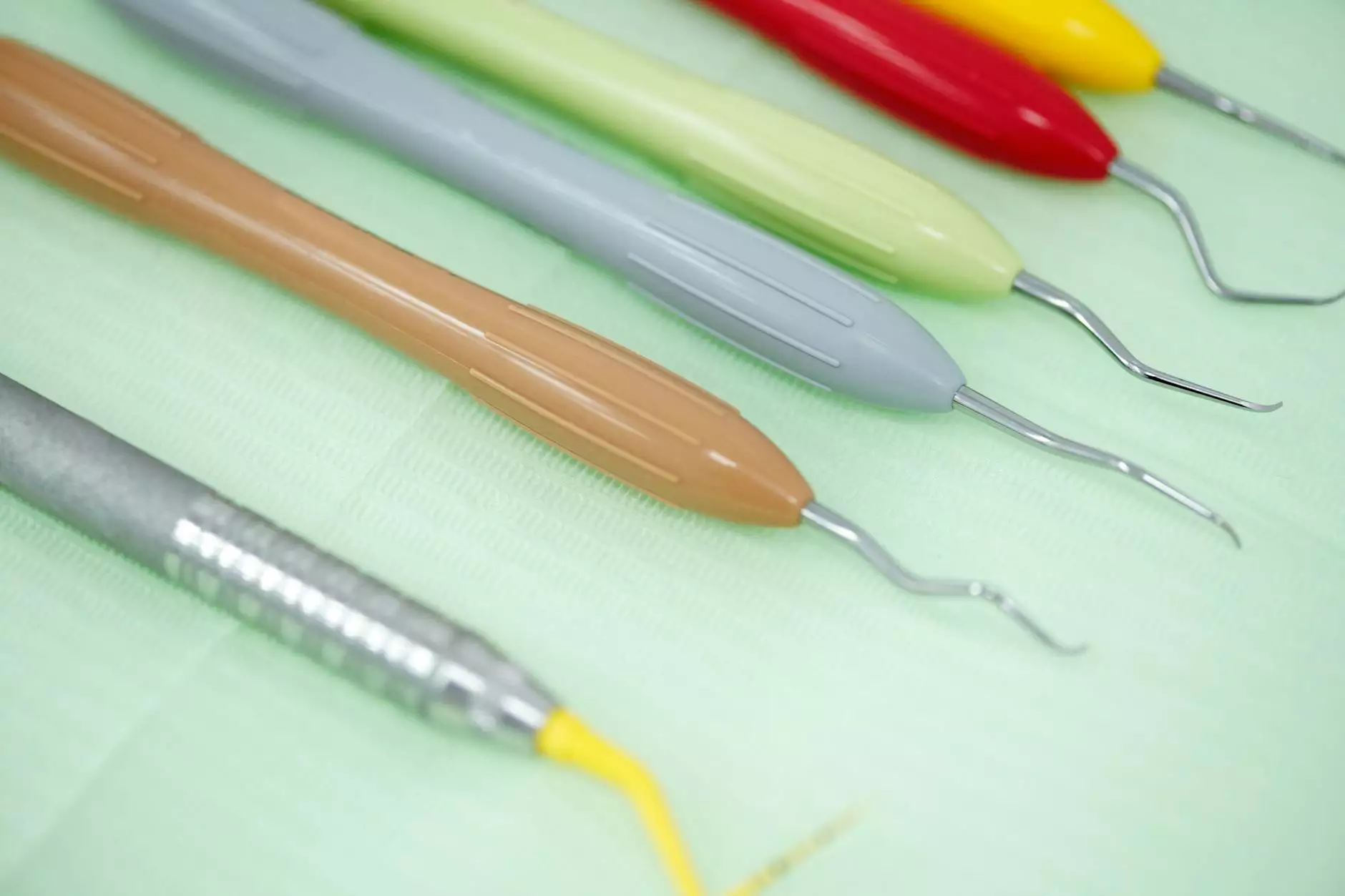Understanding Superficial Phlebitis Treatment: A Comprehensive Guide

Superficial phlebitis is a condition characterized by the inflammation of veins located just beneath the skin's surface. While it may not be as severe as deep vein thrombosis (DVT), its symptoms can still be uncomfortable and distressing. This article aims to provide a thorough understanding of superficial phlebitis treatment, including its causes, symptoms, diagnosis, and the most effective management strategies.
What is Superficial Phlebitis?
Superficial phlebitis occurs when a vein becomes inflamed, often due to blood clots, trauma, or certain medical conditions. It primarily affects the superficial veins, which are located just under the skin's surface. Understanding the etiology of superficial phlebitis is essential for effective treatment and prevention.
Common Causes of Superficial Phlebitis
- Venous Insufficiency: Weakness in vein valves can lead to blood pooling, causing inflammation.
- Intravenous Catheters: Prolonged use of IV lines can irritate the vein wall, leading to inflammation.
- Trauma or Injury: Any injury to the vein can trigger an inflammatory response.
- Varicose Veins: Enlarged veins can increase the risk of superficial phlebitis.
- Hormonal Changes: Conditions such as pregnancy can change blood flow dynamics.
Symptoms of Superficial Phlebitis
The symptoms of superficial phlebitis can vary in severity, but they typically include:
- Redness along the affected vein
- Swelling and tenderness
- Warmth in the localized area
- Pain or discomfort, especially when moving the affected limb
In some cases, superficial phlebitis can be accompanied by a fever, which may indicate a more severe underlying condition. If you experience persistent symptoms, it is crucial to seek medical attention.
Diagnosis of Superficial Phlebitis
Diagnosing superficial phlebitis typically involves a thorough physical examination and medical history review. Healthcare professionals may perform the following assessments:
- Visual Inspection: Assessing the affected area for redness, swelling, and other symptoms.
- Palpation: Feeling for tenderness along the vein.
- Ultrasound: Imaging studies can help rule out deeper venous thrombosis and confirm the presence of inflammation.
- Blood Tests: In some cases, blood tests may be performed to check for signs of infection or clotting disorders.
Treatment Options for Superficial Phlebitis
Effective superficial phlebitis treatment often depends on the severity of the condition. Here are the primary treatment options:
1. Conservative Management
For mild cases, conservative management methods can alleviate symptoms:
- Rest: Limiting activity can help reduce discomfort.
- Compression Stockings: Wearing graduated compression stockings can support blood flow and decrease swelling.
- Ice Therapy: Applying ice packs to the affected area for 15-20 minutes can reduce swelling and pain.
- Elevation: Keeping the affected limb elevated can help lessen swelling.
2. Medications
Over-the-counter medications can be effective in treating superficial phlebitis:
- Nonsteroidal Anti-Inflammatory Drugs (NSAIDs): Medications such as ibuprofen or naproxen can reduce pain and swelling.
- Anticoagulants: In some instances, doctors may prescribe anticoagulants if there is a risk of blood clots.
- Topical Treatments: Anti-inflammatory creams or gels can be applied to the affected area for localized relief.
3. Medical Intervention
In more severe cases or if complications arise, other medical interventions may be necessary:
- Sclerotherapy: This procedure involves injecting a solution into the affected vein, leading to its closure.
- Vein Stripping: Surgical removal of the affected vein may be necessary in severe or recurrent cases.
- Antibiotics: If there is a bacterial infection, antibiotics may be prescribed to prevent further complications.
Preventing Superficial Phlebitis
Preventing superficial phlebitis is beneficial for individuals at risk. Here are some tips to help minimize your risk:
- Stay Hydrated: Proper hydration can improve venous circulation.
- Regular Exercise: Engaging in physical activity can help maintain healthy blood flow and reduce the risk of venous disease.
- Avoid Prolonged Sitting: If you have a sedentary job, take breaks to stretch and move around.
- Manage Varicose Veins: If you have existing varicose veins, seek treatment to reduce symptoms and prevent complications.
When to Seek Medical Attention
While superficial phlebitis may resolve on its own, it’s important to recognize when to consult a healthcare professional:
- Symptoms Persist: If your symptoms do not improve with home care.
- Fever Develops: A fever may indicate an infection that requires treatment.
- Swollen Leg: Sudden swelling in one leg may suggest DVT, which requires urgent evaluation.
Conclusion: Navigating Superficial Phlebitis Treatment
In summary, understanding the nuances of superficial phlebitis treatment is crucial for effective management and prevention. Whether through conservative approaches, medications, or more invasive interventions, timely recognition and treatment can significantly enhance your quality of life. Always consult with a healthcare provider for personalized recommendations and treatment plans suited to your individual needs.
For more information on vascular health, or to explore sophisticated treatment options available, consider reaching out to specialists at Truffles Vein Specialists. We are dedicated to providing top-tier care for conditions affecting your veins.









